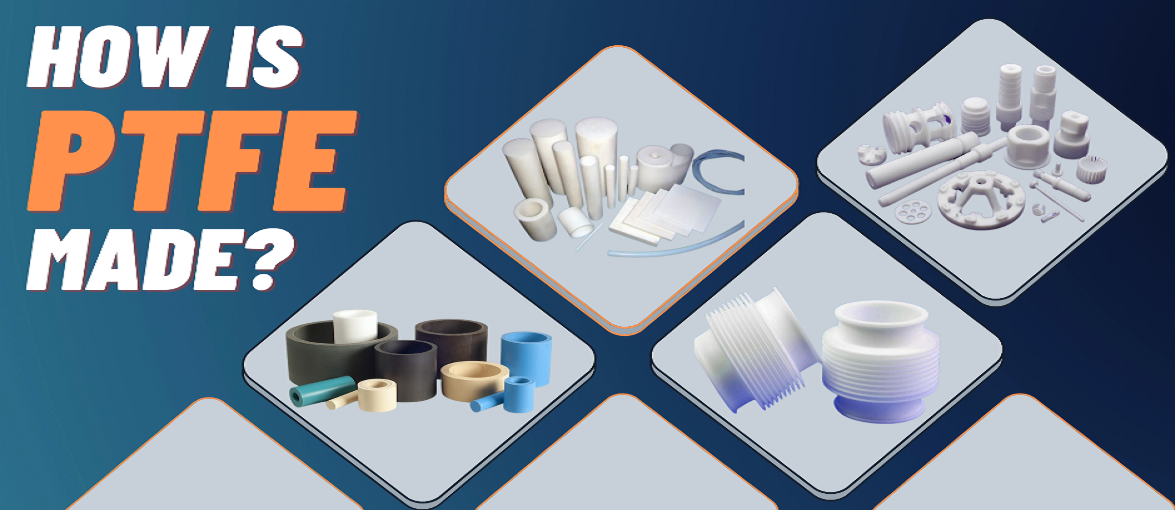What is PTFE
The popular name of Polytetrafluoroethylene (PTFE) is Teflon. Technically, it is a fluoropolymer made of tetrafluoroethylene or TFE. PTFE coated fibreglass fabric manufacturers in India makes a variety of products that are used in several industries.
The main characteristic of PTFE is that it is hydrophobic. It means it does not get wet by water or any other substance that contains water. It is highly non-reactive and has the lowest friction rate. The coating is one of the most favored in producing non-stick material.
It has excellent release capabilities of withstanding high temperatures (typically, it is more than 500 degrees F). It is the reason; PTFE is used for making Fiberglass cloth. It is used in various applications across industries.
The production of PTFE is increasing worldwide. PTFE coated fiberglass fabric manufacturers make products for industrial and niche applications. A few examples are:
- Cable insulations
- Machinery components
- Non-stick products for domestic use
- Industrial coating for graft material and catheters.
How is PTFE made?
The history of PTFE goes long back to the late Thirties. PTFE or Polytetrafluoroethylene is made with four ingredients-hydrofluoric acid, chloroform, water, and fluorspar.
When they are combined in a chemical reaction chamber and heated to very high temperatures. The process of making PTFE involves a series of reactions and two main phases.
The ingredients are combined in a process that is called pyrolysis. The TFE is inflammable. When it is polymerized into PTFE by radical polymerization, it becomes fire resistant. Small amounts of initiators are used in that. These are succinic acid peroxide or ammonium persulfate. The third ingredient is water.
Steps of making PTFE
Production of chloroform (trichloromethane)
When methane reacts with a mixture of hydrogen chloride and chlorine. It can be done in the liquid or vapor phase.
Production of chlorodifluoromethane
When chloroform and anhydrous hydrogen fluoride react with each other, it creates chlorodifluoromethane.
Production of tetrafluoroethylene (TFE)
As mentioned earlier, TFE is very much inflammable. It is the reason; the process is carried out on-site where the polymerization happens. Thus, the storage time gets minimized.
When chlorodifluoromethane is heated without air, the process of pyrolysis happens. It results in the production of TFE or tetrafluoroethylene.
When TFE is produced, it should be cooled at a rapid speed. Thus, you avoid explosive decomposition as well as the reverse reaction.
Creation of PTFE from TFE
Though there are several polymerization processes of TFE, two methods are the most popular:
- Suspension polymerization: In this case, you get grains of PTFE, which can be processed into pallets. These pallets can be molded.
- Dispersion polymerization: In this process, PTFE is produced in the form of a milky paste. It can be processed into a fine powder.
Carbon Fabric Suppliers India makes high-quality products from PTFE. Not only fabrics, and domestic products, but specialized industrial products such as Unito Tapes are made by producers. They are used for industrial and other purposes.
As the costs are reducing and the quality control mechanisms increase, the use of PTFE shows a gradual increase.


